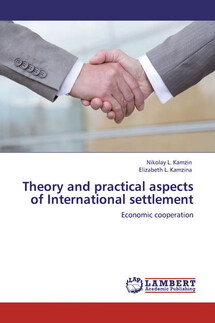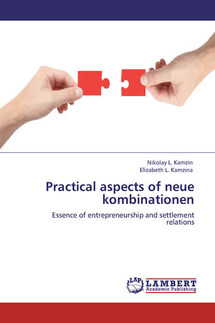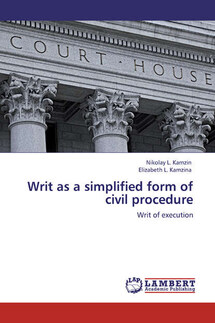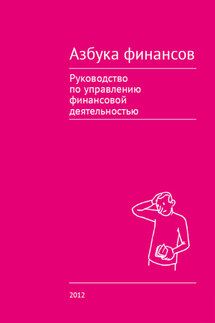Writ as a simplified form of civil procedure. Writ of execution - страница 4
Recovery of the causative procedures on these matters was allowed only in cases where:
– acts on which it is based, committed or witnessed by the established order;
– the performance on them was not delivered in the very act in reliance on such conditions, the occurrence of which must be proved previously by the applicant, that is, if an act is beyond question.
In 1912, the rules of the causative version were introduced in the GHS. Chapter 15 GHS «On the performance of the causative acts» was developed based on standards set forth in the Rules for the production of rural chiefs and municipal judges. Commenting on the GHS, К.П. Змирлов noted on the causative form of enforcement of acts: «A distinguishing feature of the cases, so-called undisputed penalties is that the production of them between the parties as there was no dispute, and they are conducted solely for the receipt of the order of the causative performance of an obligation by the defendant. Under such conditions, in view of simplicity and clarity of the legal relationship of the parties, subject to strict procedural forms established in order to protect the interests of the plaintiff and defendant, it is unnecessary and not only needlessly alienates period of performance, but in vain, and both the claimant's burden, as well, and bona fide defendant. From this point of view of the above categories exclude cases from the trial, with the replacement of the last direct appeal expired liabilities to the causative enforceable in all respects to be preferred. In the same example and persuade Western Europe, where it started successfully applied almost everywhere, as well as some experience and national legislation, since the implementation of the causative execution of acts of «земскими» precinct chiefs and city judges does not cause any complaints by whom»[10].
By execution of CSA causative acts was «the judge's ruling, without calling and listening to explanations of the defendant, the immediate execution of taken over the defendant in the act of commitment, time of execution of to whom has come» and subject to the execution of the CSA:
– serfs, notary and certified by the rules of a notary of the acts of the payment of money or the return of things, or other movable property, if the execution of the aforesaid obligations in these acts were not made subject to such conditions, the occurrence of which was to be pre-proved by the plaintiff;
– committed or witnessed in the same order of real estate employment contracts in relation to the obligation to clear the employer or rent property consisting of hiring due to the expiration of employment and the obligation of payment of wage money;
– protested bills;
– Acts of agreements certified under the special rules on compensation of victims of accidents due to the workers and employees, as well as their families.
The desire for simplification of the civil procedural form was characteristic of the Russian civil process after 1864 and led to the beginning of the 20th century to the emergence of legislation governing the protection of the rights detailed in a simplified form.
High level of development of the theory simplify the civil procedural form was in the works of pre-revolutionary scientists-procedure causative and effective execution of acts determined the binding of a similar institution in the first Soviet of the RSFSR Code of Civil Procedure 1923. It was first introduced the term «court order». In the explanatory memorandum to the draft Code stated: «Art. 210 of the Draft Code of Civil Procedure allow a special procedure for consideration in the form of so-called issue of writs for the simplest cases, based on fixed and not subject to appeal documents. Issuance of orders made without summoning the parties and without a public affairs individually parse the people's judge, which is sufficient to produce an authentic document». According to Art. 210 orders were used to collect the money or the requirements for the return or transfer of property-based:









